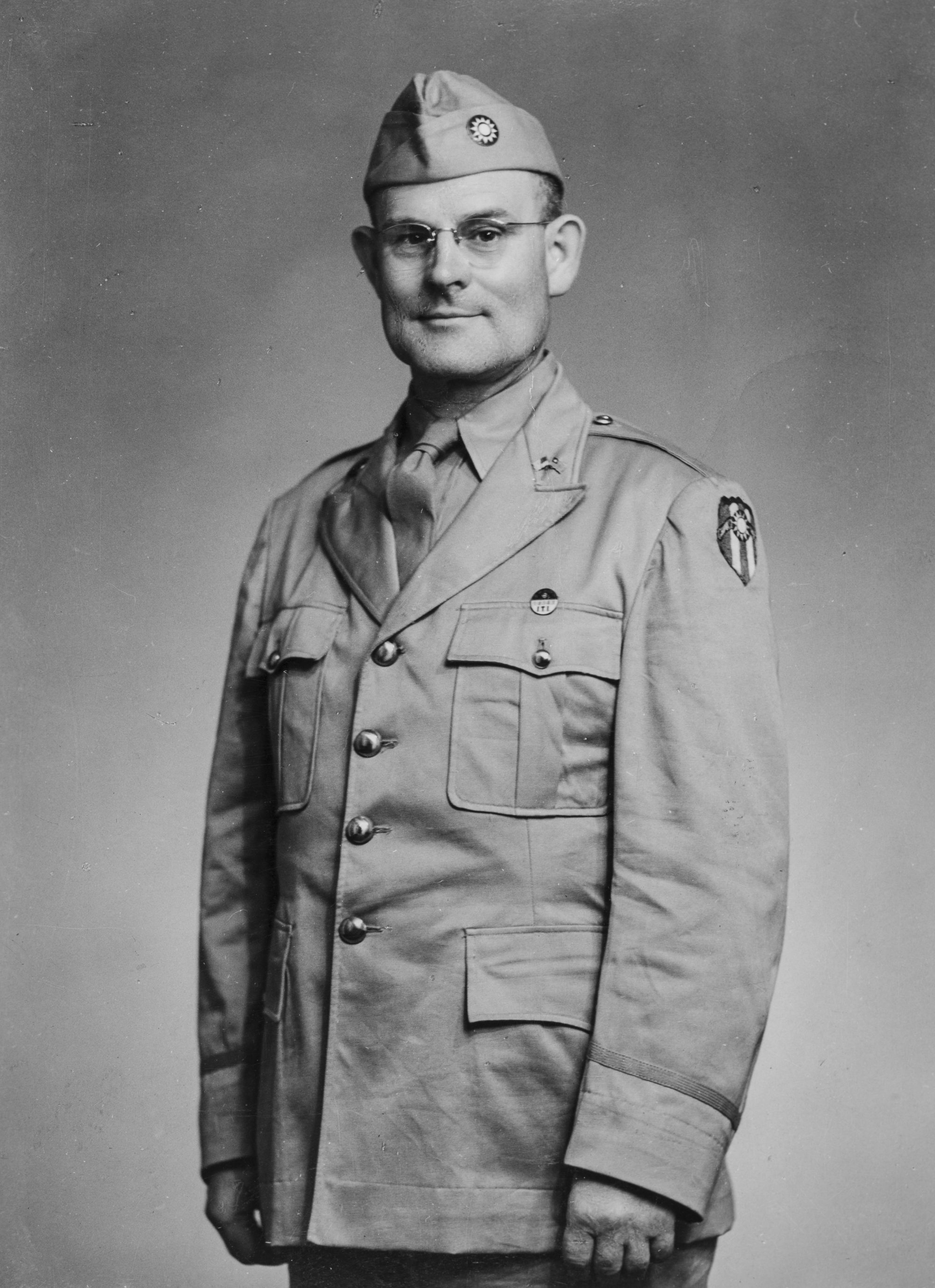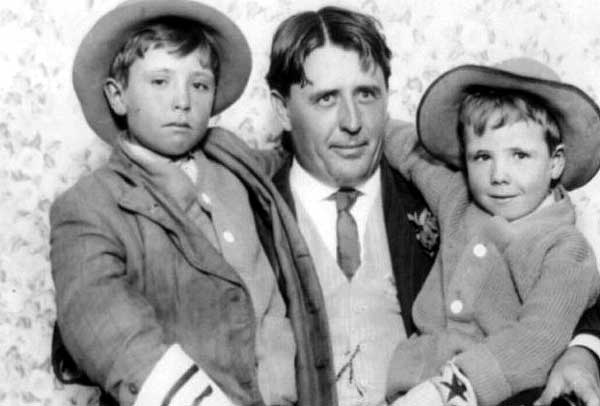
The Surgeon of Wit and Wisdom: Unpacking the Enduring Legacy of John Abernathy
In the bustling, often brutal, medical landscape of late 18th and early 19th-century London, where the scent of carbolic acid mingled with the cries of the afflicted and the sharp tang of ambition, a figure of singular intellect and formidable personality rose to prominence. John Abernathy, a name now perhaps less instantly recognizable than some of his contemporaries, was nonetheless a titan of his era. A brilliant surgeon, a revolutionary anatomist, and a lecturer whose wit was as sharp as his scalpel, Abernathy left an indelible mark on medical practice, education, and the very philosophy of health. More than just a skilled practitioner, he was a character, a medical sage whose blunt advice and eccentricities cemented his place in the annals of history, proving that genius often walks hand-in-hand with an unforgettable persona.
Born in London in 1764, Abernathy’s path to medical renown began with an apprenticeship – the traditional route for aspiring surgeons – to Sir Charles Blicke, a leading surgeon at St. Bartholomew’s Hospital. It was here, within the hallowed halls and bustling wards of "Barts," that Abernathy’s prodigious talent for anatomy and a keen surgical eye began to develop. However, the true turning point in his intellectual formation came with his introduction to John Hunter, the legendary Scottish surgeon, anatomist, and naturalist. Hunter, often regarded as the founder of scientific surgery, became Abernathy’s mentor and a profound influence. Hunter’s meticulous approach to observation, his insistence on anatomical understanding as the bedrock of surgical practice, and his pioneering work in comparative anatomy instilled in Abernathy a rigorous, scientific mindset that would define his career. He absorbed Hunter’s lessons, not just in technique but in the fundamental principle that disease must be understood in its entirety, not merely as a localized affliction.
Abernathy’s ascent at St. Bartholomew’s was swift and deserved. By 1787, he was appointed assistant surgeon, and a few years later, in 1791, he was made a full surgeon. Concurrently, he became a lecturer in anatomy, a role in which he truly shone. His lectures were not merely recitations of facts; they were engaging, often theatrical performances, peppered with incisive observations, memorable anecdotes, and a healthy dose of his characteristic bluntness. Students flocked to hear him, drawn by his intellectual prowess and his ability to demystify complex anatomical and physiological concepts. He had a profound impact on surgical education, emphasizing the importance of a solid scientific foundation for all aspiring practitioners. His teaching methods, which combined rigorous scientific inquiry with practical surgical application, helped to shape generations of British surgeons.

Beyond the lecture theatre, Abernathy’s surgical innovations were groundbreaking. His most celebrated achievement came in 1794 when he performed the first successful ligature of the external iliac artery for an aneurysm. This was a daring and incredibly risky procedure at the time, requiring immense anatomical knowledge, surgical precision, and courage. The external iliac artery is a major blood vessel supplying the lower limb, deep within the abdomen, making its exposure and ligation exceptionally challenging due to the risk of catastrophic hemorrhage and subsequent infection. Abernathy’s success not only saved his patient’s life but also pushed the boundaries of what was considered surgically possible, cementing his reputation as a master of the operating theatre. This procedure, along with his numerous contributions to the understanding of hernia repair and other complex surgical interventions, marked him as a true pioneer in the field.
Yet, Abernathy’s legacy extends far beyond technical surgical feats. He was a keen observer of human health and disease, developing a holistic medical philosophy that, in many ways, prefigured modern approaches to wellness. He became particularly known for his belief that many "local" diseases – ailments affecting specific parts of the body – were, in fact, symptoms of a more generalized "constitutional" derangement, often stemming from the digestive system. He argued that an unhealthy diet, lack of exercise, and general excesses could lead to systemic imbalances, which then manifested as various complaints.
This "Abernethy System," as it came to be known, emphasized the importance of diet, exercise, and a simple lifestyle. He was famously blunt with his patients, often cutting straight to the chase with advice that was both revolutionary and, to some, infuriatingly simple. He would often prescribe a strict diet, often limited to plain biscuits (which, somewhat apocryphally, became known as "Abernethy biscuits") and water, alongside plenty of fresh air and regular activity. His maxim was clear: address the underlying systemic issues, particularly those related to digestion, and many local symptoms would resolve themselves.
One famous anecdote perfectly encapsulates this aspect of his practice. A wealthy, hypochondriac patient, convinced he had a rare and complex illness, once came to Abernathy with a detailed, self-written account of his symptoms, expecting a complex diagnosis and an exotic cure. Abernathy listened patiently, then took the paper, crumpled it, and threw it into the fire. He then looked the man squarely in the eye and declared, "Sir, your disease is dyspepsia. Live on sixpence a day and earn it!" The advice, while perhaps harsh, cut through the patient’s self-indulgence and pointed directly to a lifestyle-related cause for his woes.
Abernathy’s personality was as legendary as his medical skill. He was known for his candour, his impatience with foolishness, and a dry, sometimes biting, wit. He had little time for the affectations of the wealthy or the self-pity of the hypochondriac. His consultations were often brief, his diagnoses swift, and his prescriptions direct. This forthrightness, while occasionally off-putting, was born of a genuine desire to help and a frustration with obfuscation.
Another oft-repeated story illustrates his no-nonsense approach. A patient once complained to Abernathy that his "Abernethy biscuits" were making him ill. Abernathy, without missing a beat, retorted, "Then don’t eat them!" This kind of interaction, though perhaps apocryphal in its exact wording, captures the essence of his character: practical, unsentimental, and focused on self-responsibility.
Despite his brusque manner, Abernathy was deeply respected and widely admired. His students revered him, recognizing the brilliance behind the blunt exterior. He inspired a generation of surgeons to think critically, to value anatomical knowledge, and to consider the patient as a whole, not just a collection of symptoms. His influence extended beyond St. Bartholomew’s; he played a crucial role in the establishment and early development of the Royal College of Surgeons, advocating for rigorous standards in surgical education and practice.
John Abernathy retired from St. Bartholomew’s in 1827 and died in 1831, leaving behind a profound legacy. His emphasis on the digestive system as a key to overall health, his advocacy for diet and exercise, and his belief in the interconnectedness of bodily systems resonate strongly with modern integrative medicine and the growing understanding of the gut-brain axis. While the specific details of his "Abernethy System" have evolved with scientific advancements, the core principle – that lifestyle and systemic health profoundly impact local manifestations of disease – remains remarkably prescient.

In an era before anaesthesia and antisepsis, when surgery was often a desperate last resort, Abernathy brought scientific rigor, anatomical mastery, and a surprisingly holistic vision to medicine. He was a man of contradictions: a brilliant scientist with a philosophical bent, a compassionate healer with a notoriously blunt tongue, and a revolutionary who championed simplicity. John Abernathy was more than just a surgeon; he was a medical iconoclast who challenged conventional thinking, an educator who inspired thousands, and a character whose wit and wisdom continue to entertain and instruct. His enduring legacy reminds us that true progress in medicine often comes not just from new technologies, but from those rare individuals who dare to see the human body, and the human condition, with fresh eyes and an unwavering commitment to truth.


